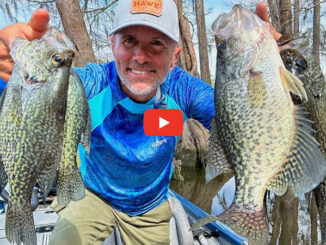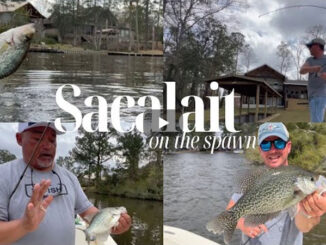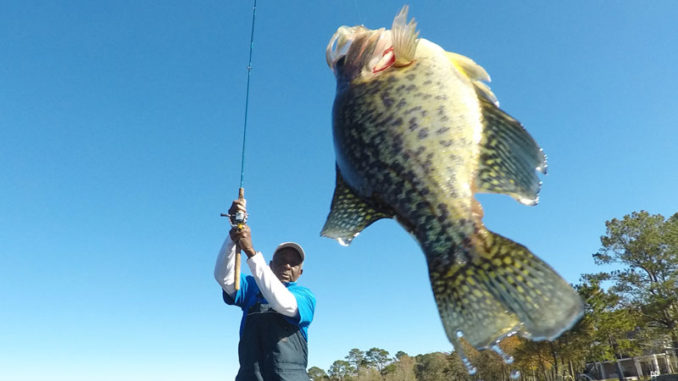
The Northshore of Lake Pontchartrain is peppered with rivers and bayous that flow south into the lake. Miles of tributary shorelines laden with cypress knees, bulkheads and overhanging brush provide the perfect habitat for sac-a-lait.
While the visible shorelines call out to sac-a-lait anglers: in January, it’s all about fishing deep.
Forrest Green of Lacombe has been fishing Bayou Lacombe since he was 10 years old. Since then, he’s learned a lot about how colder temperatures affect the crappie bite on the bayou.
January marks the first month on the Northshore where anglers can depend on cold air routinely making its way south. The average daytime high in January is 62 degrees, with the average low around 40. Green uses the colder water temperatures to eliminate certain areas of the bayou.
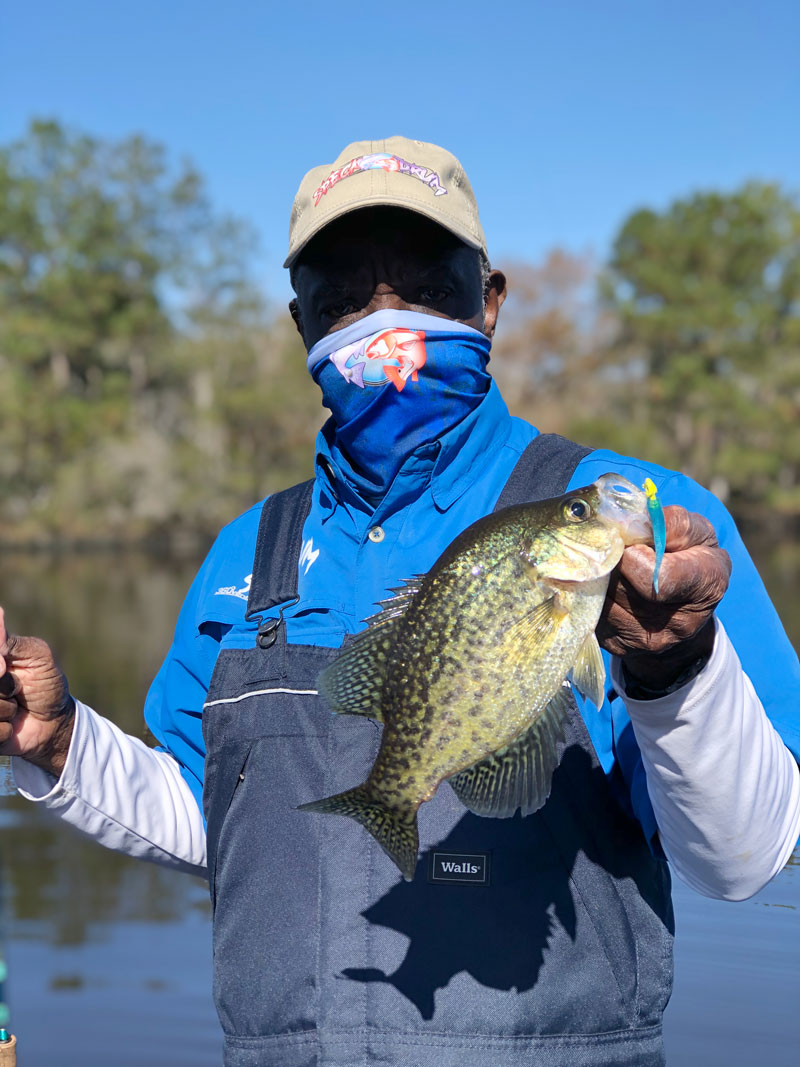
“Those sac-a-lait aren’t going to be in the shallows in January, so that eliminates a large section of the bayou,” he said.
With the shoreline off the table, he focuses on spots with submerged structure in the 10- to 12-foot range.
Deep water
The first place that the crappie veteran target is the main bayou, because it’s where the deepest holes can be found. Green has numerous spots on the bayou where he starts out targeting stumps or the canopies of fallen trees that extend away from the shoreline.
While some anglers prefer jigging straight down into the structure, Green prefers fishing it from a distance.
“Sometimes, these fish can be spooky, so I like to set up about 25 feet off of the spot I want to fish and cast into it,” he said.
Green uses an ultralight rod and reel with 8-pound line. His favorite lure is a 1-inch tripletail plastic minnow made by Speck-Drum. He threads it on a 1/16-ounce jighead and slowly works it on the bottom.
“When it’s cold like this, you just want to crawl it on the bottom and watch your line for that tick,” he said. “If you see your line move up, down, left, or right, set the hook!”
While the bayou offers deep water, one thing Green has noticed is that the crappie don’t like moving water.
“Bayou Lacombe white perch don’t like a strong current, so if I see that the water is moving too fast in the main bayou, I’ll make a move to find still water,” he said.
Fortunately the bayou has tons of trenasses and canals that branch off. These offer calmer and often cleaner water for fish looking to escape the turbulent bayou.
Woods vs. marsh
Bayou Lacombe has two distinct areas that are drastically different. Like most rivers on the Northshore, the waterway originates north of I-12 and offers plenty of woody features including trees, brush, and stumps. As the bayou meanders south, it transitions into marsh approximately a mile before it reaches Lake Pontchartrain. Green said in January, it’s the wooded section of the bayou on which you’ll want to focus.
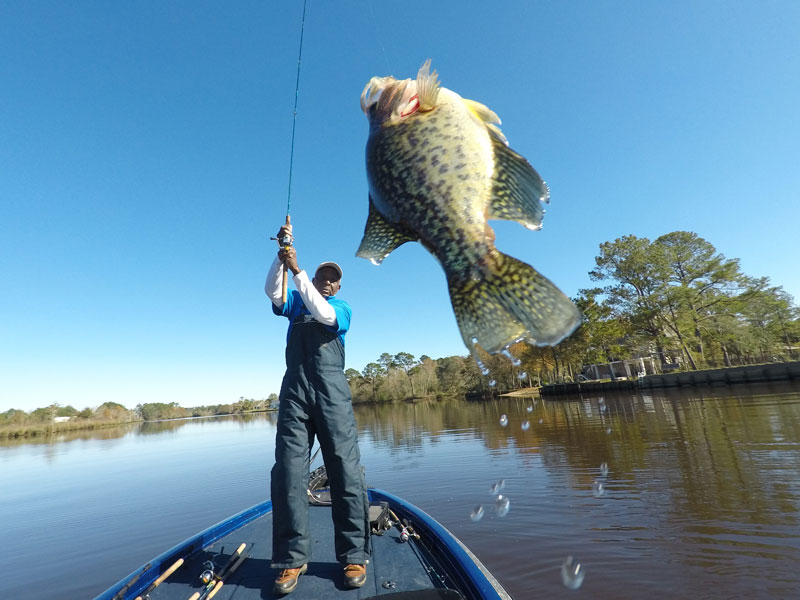
“The section of the bayou with trees is where you want to be,” Green said. “This area has a combination of deep holes and fallen trees that the southern section of the bayou lacks.”
Another deterrent to fishing the southern end of Bayou Lacombe is the proximity to Lake Pontchartrain. Out of all the freshwater species, sac-a-lait are the most sensitive to salinity. According to studies, the highest salinity that crappie where observed in was 1.3 parts per thousand, while bass and perch can survive in water with a salinity reading of more than 8 PPT.
While the sac-a-lait fishing on Bayou Lacombe is great in January, Green said it hasn’t always been good in the bayou.
“Katrina did a number on this bayou,” he said. “When it came through it pushed in 10 feet of salty water, absolutely annihilating the crappie population in the Bayou.”
Since then, the bayou has been slowly repopulating and is now nearly back to what it once was.
Find more fishing reports from Keith Lusher Jr. at NorthshoreFishingReport.com. He can be reached at keith@northshorefishingreport.com.
